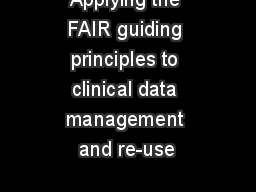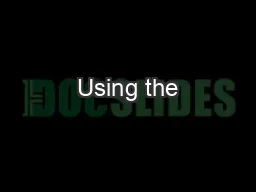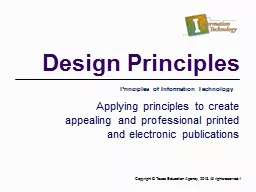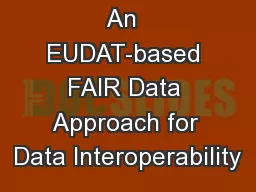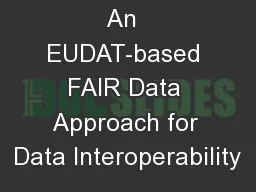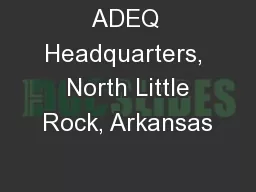PPT-Applying the FAIR guiding principles to clinical data management and re-use
Author : pasty-toler | Published Date : 2019-12-14
Applying the FAIR guiding principles to clinical data management and reuse Stefan Schulz Medical University of Graz Austria Berlin 28 Nov 2017 Stefan Schulz Univ
Presentation Embed Code
Download Presentation
Download Presentation The PPT/PDF document "Applying the FAIR guiding principles to ..." is the property of its rightful owner. Permission is granted to download and print the materials on this website for personal, non-commercial use only, and to display it on your personal computer provided you do not modify the materials and that you retain all copyright notices contained in the materials. By downloading content from our website, you accept the terms of this agreement.
Applying the FAIR guiding principles to clinical data management and re-use: Transcript
Download Rules Of Document
"Applying the FAIR guiding principles to clinical data management and re-use"The content belongs to its owner. You may download and print it for personal use, without modification, and keep all copyright notices. By downloading, you agree to these terms.
Related Documents

